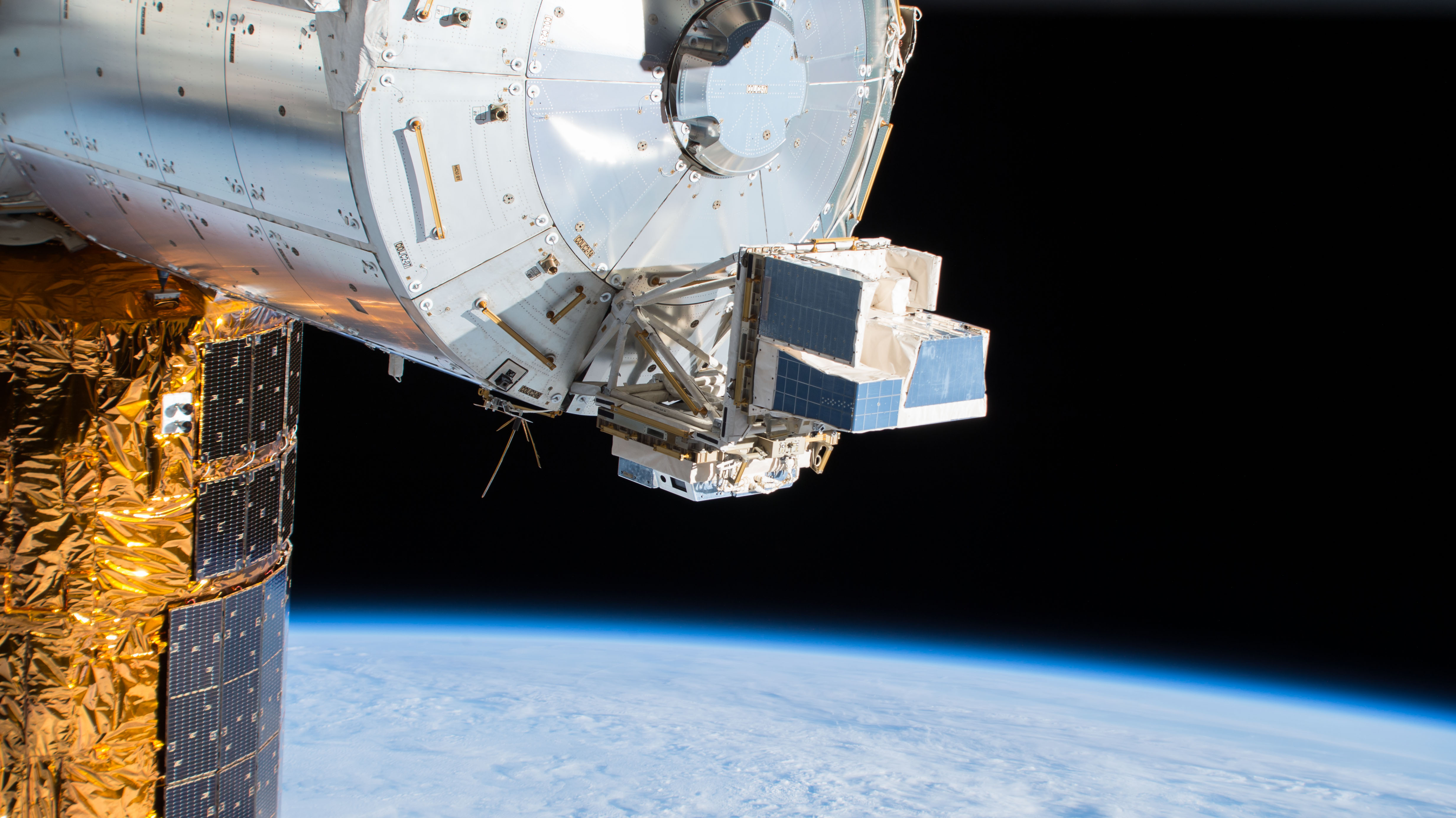空间站的仪器帮助研究人员了解闪电
Lightning flashes from a storm cloud to strike the ground. Such bolts represent only a small part of the overall phenomenon of lightning. The most powerful activity occurs high above the surface, in Earth’s upper atmosphere.
Up there, lightning creates brief bursts of gamma rays that are the most high-energy naturally produced phenomena on the planet. Researchers recently measured these high-energy terrestrial gamma-ray flashes, or TGFs, using instruments on the International Space Station. The work helps reveal the mechanism behind the creation of the bright flashes we call lightning.
The instruments are part of the Atmosphere-Space Interactions Monitor (ASIM), an Earth observation facility on the outside of the space station used to study severe thunderstorms and their role in Earth’s atmosphere and climate.
This photo of the ASIM investigation installed on the International Space Station’s Columbus External Payload Facility was taken by the ground-controlled External High Definition Camera 3.
Image Credit: NASA
暴风云中的闪电击中地面。这种闪电只是整个闪电现象的一小部分。最强大的活动发生在地表上方,在地球的高层大气中。
在那里,闪电会产生短暂的伽马射线爆发,这是地球上自然产生的最高能量的现象。研究人员最近使用国际空间站上的仪器测量了这些高能地面伽玛射线闪光(TGFs)。这项工作有助于揭示出我们称之为闪电的明亮闪光背后的机制。
这些仪器是大气-空间相互作用监测仪(ASIM)的一部分,ASIM是一个位于空间站外部的对地观测设施,用于研究强雷暴及其在地球大气和气候中的作用。
这张安装在国际空间站哥伦布外部有效载荷设施上的ASIM调查的照片是由地面控制的外部高清晰度照相机3拍摄的。
图片来源:NASA

